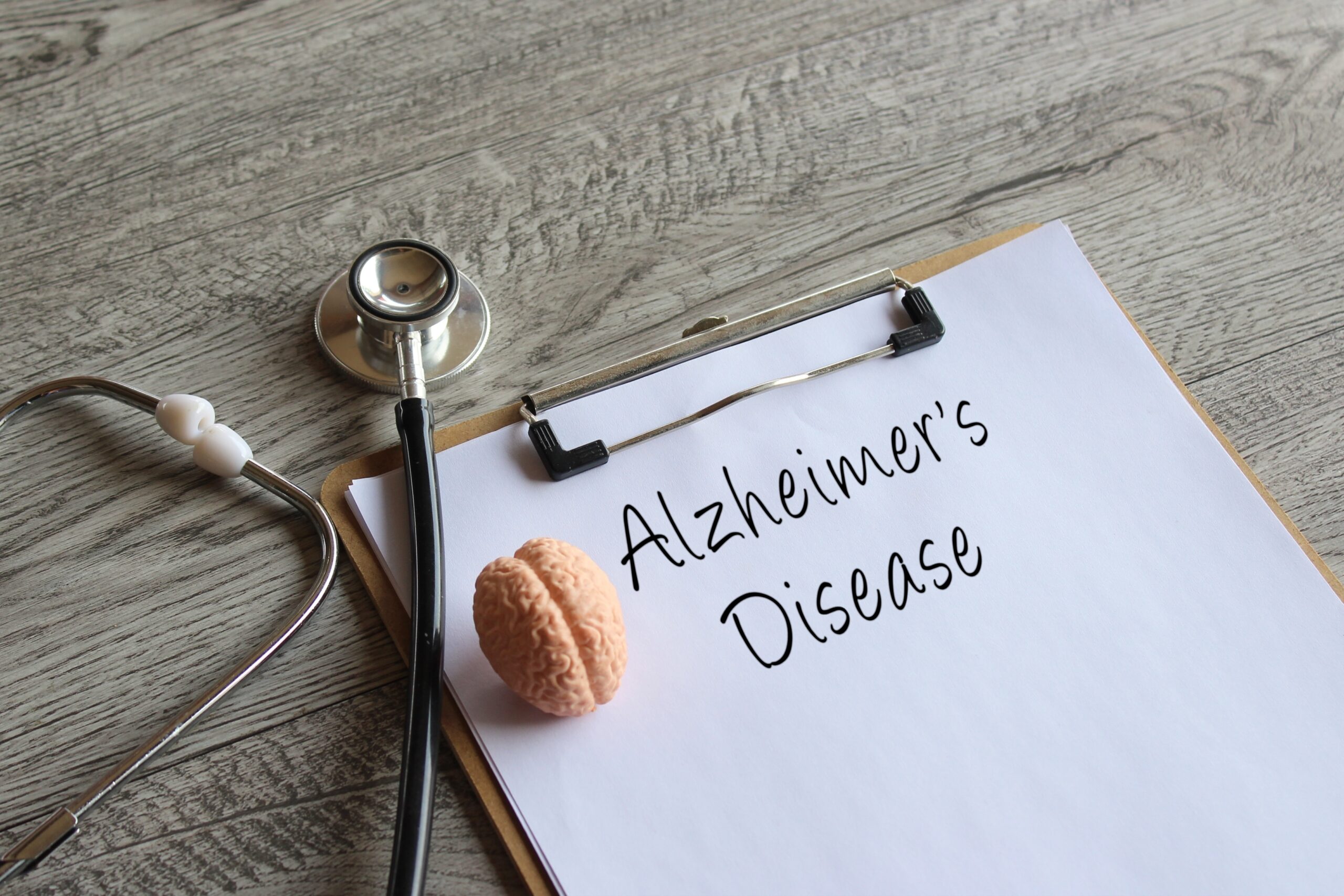Silent brain bleeds after stroke treatment significantly hinder recovery, doubling the risk of poor outcomes despite showing no immediate symptoms.
At a Glance
- Asymptomatic hemorrhagic infarction occurs in about 30% of stroke patients treated with endovascular thrombectomy
- These “silent” brain bleeds more than double the risk of worse functional outcomes at 90 days post-treatment
- Patients with asymptomatic hemorrhages have significantly lower chances of achieving independence after stroke
- Men and patients requiring multiple thrombectomy attempts face greater negative impacts from these complications
- The findings challenge the previous assumption that these hemorrhages are benign
The Hidden Impact of “Silent” Brain Bleeds
For stroke survivors over 40, recovery often focuses on the visible symptoms and challenges. However, new research reveals that “silent” brain complications may be silently derailing rehabilitation efforts. Asymptomatic intracerebral hemorrhage (aICH) occurs in approximately 30% of acute ischemic stroke patients treated with endovascular thrombectomy, a common procedure to remove blood clots from brain vessels. Despite showing no immediate symptoms, these hemorrhages significantly impact long-term recovery, particularly during the crucial 90-day rehabilitation period when most functional improvements occur.
Recent findings from a secondary analysis of the DIRECT-MT randomized clinical trial, which studied 490 patients treated at tertiary hospitals in China between 2016 and 2019, revealed concerning patterns. Patients who experienced asymptomatic hemorrhagic infarction (HI) or subarachnoid hemorrhage (SAH) following endovascular treatment had more than double the risk of worse functional outcomes three months later, compared to those without these complications. This presents a significant challenge for healthcare providers and patients alike, as these complications occur without warning symptoms that would typically prompt intervention.
Risk Factors and Patient Outcomes
Several factors appear to increase the risk of these silent brain bleeds. Researchers found that poor collateral circulation—the backup blood supply that helps maintain brain tissue when main arteries are blocked—significantly increases the likelihood of asymptomatic hemorrhage. Understanding this connection could help doctors identify high-risk patients who might benefit from more intensive monitoring or modified treatment approaches. The implications extend beyond immediate medical care, potentially affecting how rehabilitation programs are structured for different patient groups.
The data demonstrates significant differences in recovery trajectories. Patients with asymptomatic hemorrhages had markedly lower chances of achieving independence (defined as a modified Rankin Scale score of 0-2) compared to those without hemorrhages. The odds ratio for achieving good functional outcomes was approximately 0.3 for those with hemorrhages, indicating a 70% reduction in likelihood of favorable recovery. Even more concerning, certain groups appear particularly vulnerable—men and patients who required multiple thrombectomy attempts experienced more severe negative effects from these silent bleeds.
Implications for Stroke Management and Recovery
These findings challenge long-held assumptions about post-stroke care. Previously, many clinicians considered asymptomatic hemorrhages to be relatively benign events that didn’t warrant special attention. Now, evidence suggests these silent complications require closer monitoring and potentially different management approaches. For adults over 40 concerned about stroke recovery, understanding these nuances could inform discussions with healthcare providers about comprehensive post-stroke surveillance and treatment plans. Patients might benefit from asking about brain imaging results and what they mean for long-term recovery.
Although the research provides valuable insights, it does have limitations. The studies were conducted primarily in Chinese tertiary hospitals, which may limit how directly the findings apply to other populations. Additionally, the retrospective nature of the analyses introduces potential for bias. Nevertheless, the consistent pattern of poorer outcomes associated with asymptomatic hemorrhages suggests a real phenomenon that deserves attention. Future research focused on preventive strategies and specialized rehabilitation protocols for patients with these silent complications could significantly improve stroke recovery outcomes and quality of life for the millions affected by stroke each year.
Sources:
https://www.ahajournals.org/doi/10.1161/SVIN.121.000366
https://www.sciencedirect.com/science/article/abs/pii/S187887502400487X








